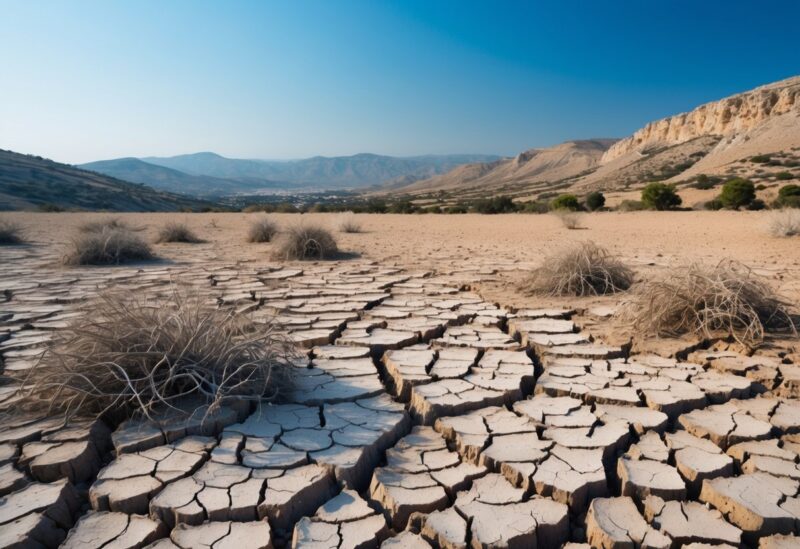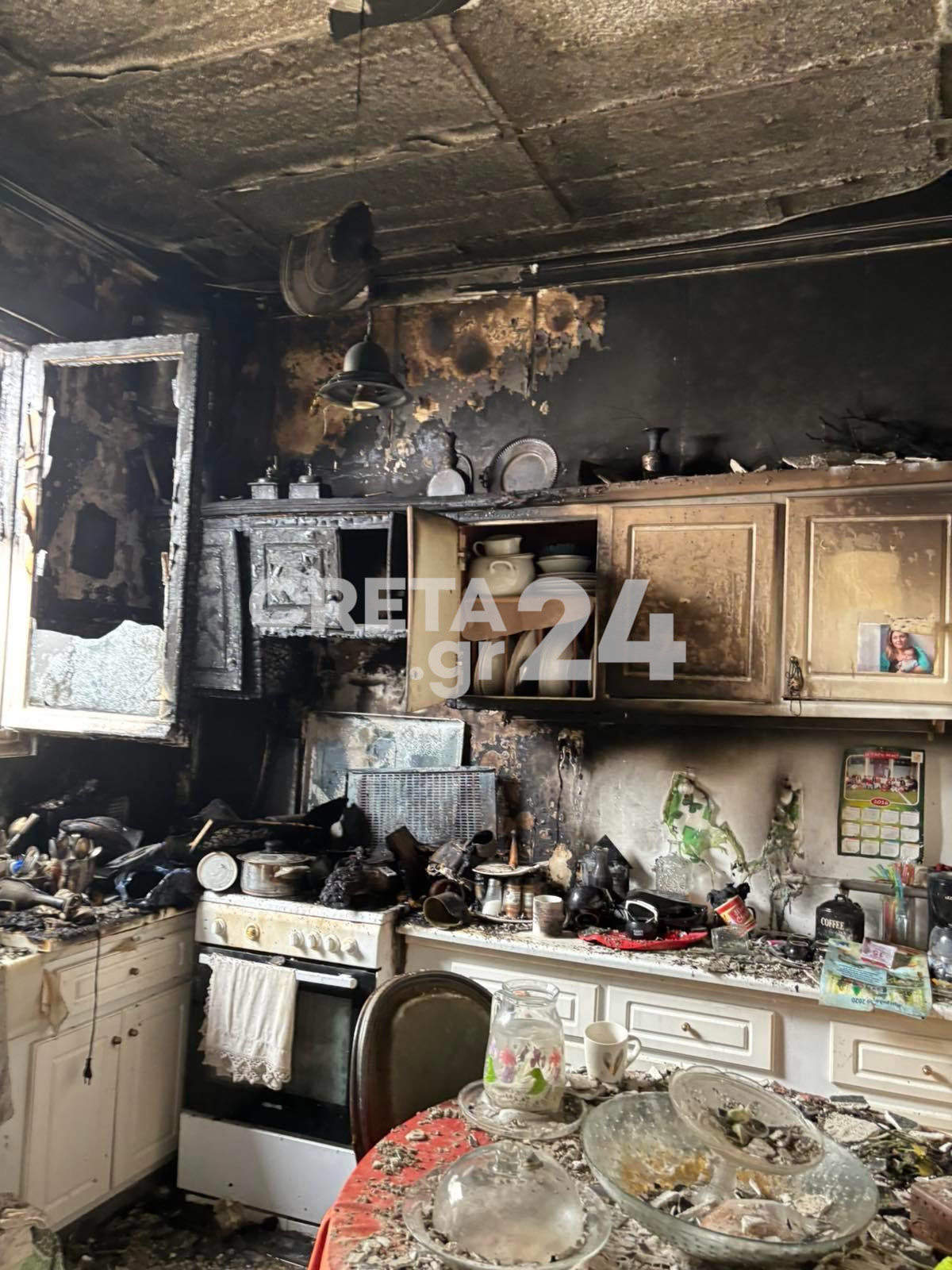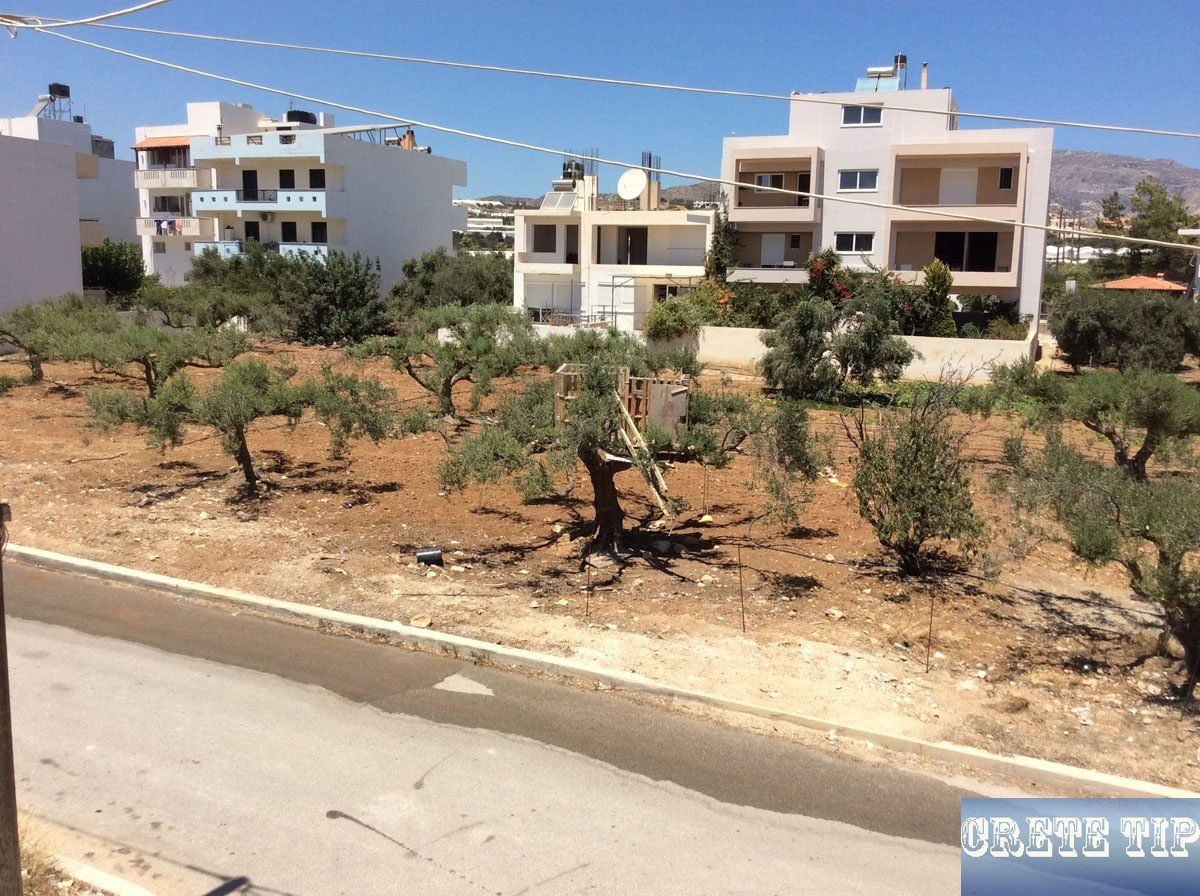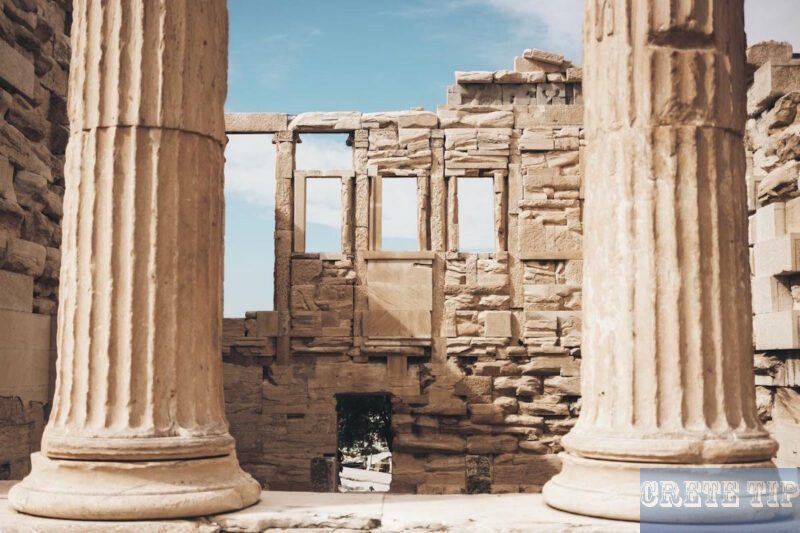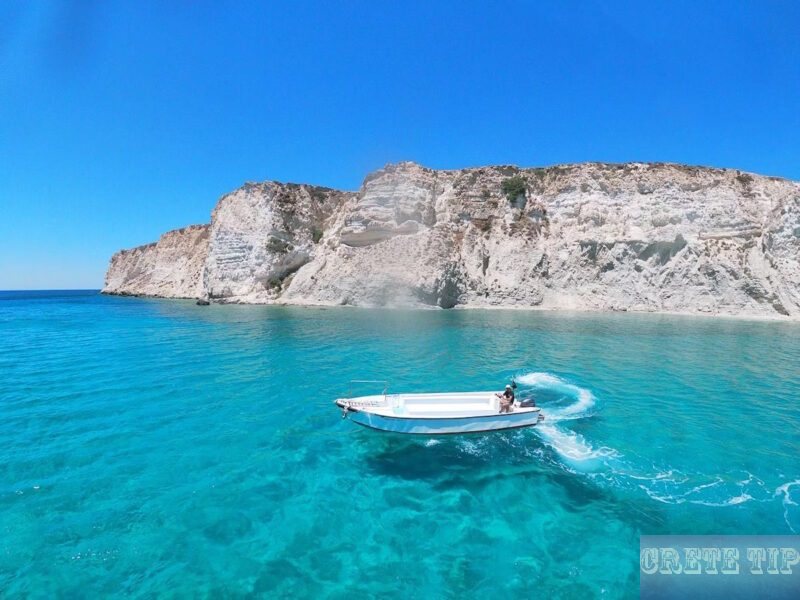The warning signs of water scarcity and where desertification is occurring on Crete.
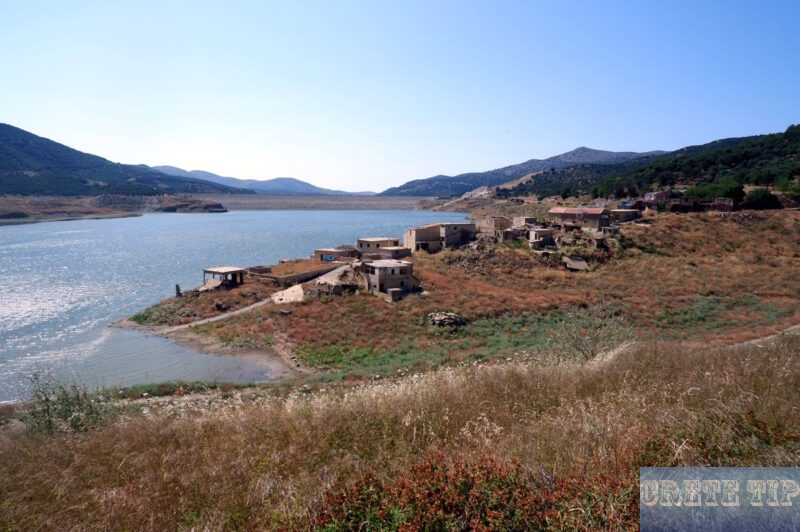
Water Resource Management Strategies
The government has started organising efforts at the highest level to tackle the re-emerging challenge of water scarcity.
Climate change has hit the Mediterranean hard, and the government seems determined to respond fast. Ministries and public organisations are working together, trying to coordinate their actions.
A senior official recently pointed out some tough questions a national water management plan needs to answer.
Who’s in charge of managing water? Which infrastructure projects—like dams and network upgrades—matter most right now?
They’re also looking at whether to update or overhaul regional water plans. The government hasn’t set the timetable yet, but once they do, it’ll shape when the national strategy finally gets presented.
Key Challenges in Water Use and Infrastructure
Two big issues are driving the urgency behind this water plan:
- Rising Demand: Water use for drinking and other needs has more than doubled (+139%) over the past decade. Most of that spike comes from a jump in tourism.
- Distribution Network Losses: Some water systems are in rough shape. In certain places, up to 50% of water gets lost before it even reaches a tap, mostly thanks to leaks and aging pipes.
Planned Actions and Considerations
Focus Area |
Details |
|---|---|
Management Structures |
Set clear roles and responsibilities for national and regional water authorities. |
Infrastructure Projects |
Focus on building new dams and modernising pipelines to cut losses and boost supply. |
Regional Plans |
Update old water management plans and create new ones that actually fit today’s conditions. |
Timeline |
Pick deadlines for finishing projects and putting policies in place, depending on how ready the government is. |
Stakeholders Involved
Plenty of ministries and key bodies have a seat at the table, including:
- Ministry of the Interior
- Ministry of Environment and Energy
- Ministry of Infrastructure
- Ministry of Rural Development and Food
- Public water and energy companies
They all need to cooperate if the country wants a real shot at dealing with water scarcity.
Global Position and Risk
The country currently ranks 19th worldwide for drought risk. That’s not something you want to ignore.
Water demand keeps climbing, but supply and infrastructure just can’t keep up, making a sustainable management system more urgent than ever.
Tourism growth and weak infrastructure combine to make water security a real worry for the future.
Warning Signs for Bramianon Dam: Drought, Saline Water, and Growing Concerns in Ierapetra – “People Do Not Know What Awaits Them”
The Bramianon Dam reservoir has lost a lot of water lately, holding only about 3 million cubic metres now.
This drop is making people nervous about both how much water is left and whether it’s even good enough for irrigation and other uses in Ierapetra. Locals, farmers, and water authorities are all raising the alarm as things get worse.
Drought here feels a lot like the dry spell between 2016 and 2018, when the dam’s volume dropped to just half a million cubic metres. Now, the water’s so low that even the old church of Prophet Elias—usually underwater—has reappeared.
That’s not a great sign. Several local water sources, like the Kalamavka springs and those near the Christ community, haven’t produced their usual flow for three years straight.
Winter rains didn’t do much. Rivers and streams that usually feed the reservoir barely got a boost, so authorities have had to tap into older, less sustainable sources.
Trying to keep up, the local water organisation started using old boreholes in Myrtos, which the municipality handed over earlier.
They’ve also started pumping saline water from the Malavra springs near Kavousi. The saltiness has gone up, making folks wonder if it’s even safe for sensitive crops anymore.
Water Quality Issues
- Conductivity measurements for the saline water now hit 4.7 millisiemens per centimetre (mS/cm), which is pretty high.
- When mixed in the reservoir, irrigation water conductivity goes above 2.1 mS/cm.
- These levels could hurt delicate crops and slowly ruin the soil if used for too long.
Current Actions and Concerns
Action Taken |
Reason |
Impact |
|---|---|---|
Use of old Myrtos boreholes |
Make up for missing spring water |
Temporary volume boost |
Pumping of Malavra saline water |
Top up the reservoir |
Raises salinity in irrigation water |
Monitoring water conductivity |
Check water quality for farming |
Gives early warning if things go south |
The mix of drought, barely any rain, and saltier water sources doesn’t paint a rosy picture for Ierapetra’s water security.
The local agricultural sector leans heavily on steady, good-quality irrigation, so this uncertainty is rattling everyone.
Authorities keep hunting for alternatives and are even considering desalination, but the immediate problems remain tough.
Farmers and local groups are seriously worried about what low and poor-quality water will do to their crops and their livelihoods—both now and down the line.
Areas of Crete at Risk of Desertification
Some parts of Crete are staring down a real threat of desertification in the years ahead.
The southern and eastern bits—Asterousia, Ierapetra, Sitia—and the southern mountains seem most at risk. These places get hotter and drier than the rest, year after year.
What’s driving this? Well, rising heat, not enough rain, wildfires, overgrazing, and sudden heavy downpours that hit already dry land.
Vegetation matters a lot here. When the only plants left are scraggly bushes or thorny shrubs, it’s a warning sign that desertification is creeping in.
Once the plant life thins out even more, soil erosion gets worse, and the whole ecosystem starts to slip.
Most of the plants in these risky areas are low, thorny shrubs—pretty typical for southern Crete and the island’s southern mountains.
If those start disappearing, the land’s in trouble. Climate models say Crete could see twice as many heatwave days by 2050.
Tropical nights, where it never cools below 26°C, will get more common too. That means longer, hotter summers and more stress for both people and nature.
Rainfall isn’t even across the island. The west usually gets more, but even those areas have been drying out lately, according to recent data.
Snow in the mountains has dropped off too, which doesn’t help the island’s water or plant health.
Region |
Key Risks |
Climate Traits |
Vegetation Status |
|---|---|---|---|
Asterousia |
Rising temperatures, drought |
Hotter, drier summers |
Subshrub, thorny bushes |
Ierapetra |
Water scarcity, soil loss |
Low annual rainfall |
Degraded shrub lands |
Sitia |
Overgrazing, fires |
Less rainfall, higher heat |
Shrubs thinning or lost |
Southern mountains |
Soil degradation, wildfires |
Reduced snowfall, extreme heat |
Sparse, degraded vegetation |
Desertification brings a bunch of problems: soil quality drops, water gets even scarcer, and biodiversity takes a hit.
People living in these areas feel the pinch, with fewer natural resources and more environmental stress.
It’s important to keep an eye on land use, manage grazing, and cut down on fire risks if we want to slow down the damage.
If nothing changes, these regions could get even harsher and less productive, putting both nature and local communities at risk.
Due to a lack of water, the fire in the kitchen could not be extinguished
In Heraklion, a kitchen in an elderly woman’s home caught fire. The blaze set everyone in the building on edge.
The fire started on Arvis Street. Residents had gone three days without water.
This lack of water meant no one could help put out the flames, even if they wanted to. People felt helpless watching the fire grow.
The woman’s nephew lives just upstairs and rushed down to help. But with the water tanks empty, he couldn’t do much except wait.
Everyone had to stand by until the fire brigade showed up. It’s frustrating when you can’t even grab a bucket to help.
Firefighters got there quickly and managed to put out the fire. Still, the kitchen took a real hit.
Key points:
- Fire started in the kitchen of a flat on Arvis Street
- Water supply cut for three days in the area
- Neighbours unable to assist due to no water
- Fire brigade came quickly but damage was extensive
- Lack of water worsened the situation
Impact of water outage:
Consequence |
Details |
|---|---|
Empty water tanks |
No reserve water available to residents |
Delay in fire control |
Residents could not act before fire service arrived |
Increased damage |
Flames caused extensive harm to kitchen |
It’s kind of alarming how much you rely on water in an emergency. No water means you just stand there, hoping help comes fast enough.
After this, people in Heraklion are more worried about these long water cuts. It makes you wonder how safe anyone really is without basic utilities.

